Mastering Passenger Van Body Repair: Expert Tips for Excellence
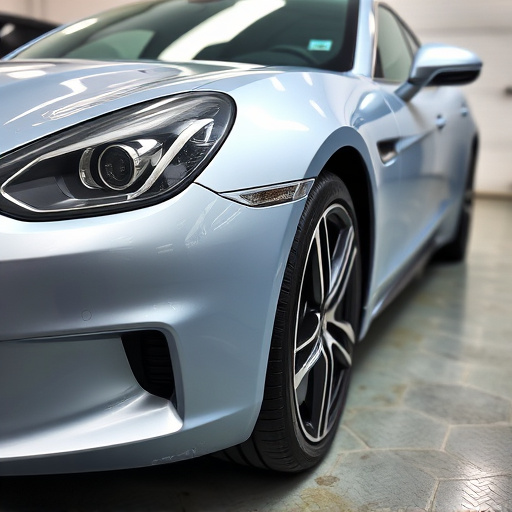
Comprehensive evaluation of passenger van includes exterior and interior inspection for dents, scrat…….
In the dynamic world of automotive maintenance and customization, passenger van body repair stands as a critical aspect that transforms the functionality and aesthetics of commercial vehicles. This intricate process involves the skilled restoration, reinforcement, or replacement of various components on vans designed primarily for transporting passengers. From small local delivery fleets to larger shuttle services, these vehicles demand specialized care to ensure safety, efficiency, and customer satisfaction.
This article aims to delve into the intricacies of passenger van body repair, offering a holistic view that spans from its foundational concepts to global implications, technological innovations, regulatory frameworks, and future prospects. By exploring these facets, we will equip readers with a comprehensive understanding of this vital industry segment.
Definition: Passenger van body repair refers to the specialized technique of repairing, replacing, or enhancing the exterior and interior structural components of passenger vans. This includes panels, frames, doors, windows, and various trim elements that contribute to both safety and aesthetics.
Core Components:
Exterior Body Panels: These include door panels, fenders, hoods, and the van body itself. They are typically made of steel or aluminum, requiring precise handling during repair to maintain structural integrity.
Frame: The backbone of any vehicle, the frame supports the entire structure and must be meticulously inspected and repaired if damaged.
Windows and Mirrors: Replacement of glass panels and side mirrors is a common aspect of van body repair, often involving specialized tools and techniques for seamless installation.
Trim and Interior Components: From door handles to seat covers, interior trim can be restored or replaced to enhance passenger comfort and vehicle value.
Historical Context: The concept of van body repair has evolved alongside advancements in automotive technology. Early vans, often derived from truck chassis, required robust but less sophisticated repairs compared to modern vehicles. With the rise of specialized commercial vehicle manufacturers, the focus shifted towards more precise, safety-conscious repairs. Today, with improved materials and precision engineering, passenger van body repair encompasses a blend of traditional craftsmanship and advanced technologies.
Significance: This process is crucial for several reasons:
Safety: Restored and reinforced bodies ensure that vans meet safety standards, protecting passengers and other road users.
Reliability: Properly maintained van bodies contribute to improved vehicle reliability, reducing the risk of breakdowns.
Aesthetics: Repaired or customized van exteriors can enhance visual appeal, which is essential for fleet owners aiming to create a professional image.
Cost-Effectiveness: In many cases, repairing certain components is more cost-effective than replacing them entirely, especially for older vans.
Passenger van body repair has a profound global reach, with varying regional dynamics shaping its practices and demands:
| Region | Key Factors Influencing Passenger Van Body Repair | Notable Trends |
|---|---|---|
| North America | Strict safety regulations, high demand for customized fleets, presence of major automotive manufacturers. | Advanced technologies like computer-aided design (CAD) and robotic welding are widely adopted. Specialized body shops cater to diverse fleet needs. |
| Europe | Stringent environmental standards, emphasis on lightweight materials, growing electric van market. | Body repair shops focus on sustainable practices and the unique demands of electric vehicle (EV) conversion. |
| Asia-Pacific | Rapid urbanization, expanding e-commerce sector, diverse vehicle age profiles. | Mobile body repair services gain popularity due to dense urban populations. There’s a shift towards cost-effective repairs for older vans. |
| Latin America | Growing public transportation sector, limited access to new vehicles, emphasis on safety and durability. | Localized solutions with a focus on affordability and adaptability to varied road conditions. |
These regional variations highlight the diverse nature of passenger van body repair, with each market presenting unique opportunities and challenges.
Market Size and Segmentation: The global passenger van body repair market is substantial and continues to grow, driven by factors such as:
Investment Patterns: The industry attracts significant investment from both established automotive parts manufacturers and innovative startups. Key areas of focus include:
Economic Impact: Passenger van body repair contributes to economic growth by:
Technological innovations play a pivotal role in shaping the future of passenger van body repair:
Computer-Aided Design (CAD): CAD software allows for precise digital modeling of vehicle parts, streamlining design and measurement processes. This technology aids in creating customized repairs and replacements, ensuring perfect fitment.
Robotic Welding: Automated welding systems offer enhanced precision and efficiency in repairing or joining metal components. Robots can handle complex geometries, reducing human error and improving structural integrity.
Advanced Materials: New materials such as high-strength steels, aluminum alloys, and composite fibers are revolutionizing van body repair. These materials provide superior strength-to-weight ratios, improved corrosion resistance, and enhanced durability.
Additive Manufacturing (3D Printing): 3D printing technology enables the creation of custom parts, including complex geometric designs that traditional manufacturing methods may struggle with. This approach reduces material waste and allows for rapid prototyping and production.
Digital Imaging and Virtual Reality: Advanced imaging techniques and virtual reality simulations offer immersive repair training and visualization tools. Technicians can practice repairs in a digital environment, enhancing skill development and minimizing errors.
The passenger van body repair industry operates within a framework of various policies and regulations that vary by region:
Safety Standards: All major regions have established safety standards for vehicle bodies, including minimum structural integrity requirements and crash test protocols. Compliance is mandatory to ensure the safety of passengers and other road users.
Emissions Regulations: Strict environmental regulations impact repair practices, particularly in Europe and North America. These rules encourage the use of lightweight materials and eco-friendly repair methods.
Waste Management: There are guidelines governing the disposal of automotive waste, including discarded vehicle parts and fluids. Repurposing and recycling materials have become essential aspects of sustainable body repair.
Labor Laws: Local labor laws dictate workplace conditions, training requirements, and minimum wages for body repair technicians. These regulations ensure fair treatment and safe working environments.
Despite its significance, the passenger van body repair industry faces several challenges:
Skill Shortage: The demand for skilled technicians often outstrips supply, leading to labor shortages. Training programs are necessary to bridge this gap and ensure a competent workforce.
Cost of Advanced Technologies: Implementing advanced repair technologies can be expensive, which may deter smaller body shops from adopting them. Government incentives and accessible financing options could help overcome this barrier.
Sustainability Concerns: The industry must address its environmental impact, especially in terms of waste generation and the carbon footprint associated with manufacturing and transportation. Adopting eco-friendly practices and materials is crucial.
Regulatory Compliance: Keeping up with evolving regulations can be challenging, particularly for smaller businesses. Clear guidance and support from regulatory bodies are essential to ensure compliance.
Strategies for Overcoming Challenges:
Training Initiatives: Collaborate with educational institutions and industry organizations to develop specialized training programs, fostering a skilled workforce.
Incentives and Partnerships: Governments can offer tax incentives and grants to encourage the adoption of advanced technologies and sustainable practices.
Standardization: Developing industry standards for repair procedures and part quality ensures consistency and reduces potential safety risks.
Digitalization: Embracing digital tools and online platforms for knowledge sharing and collaboration can enhance efficiency and innovation.
A European company specializing in electric van conversion faced the challenge of repairing and refurbishing older e-van chassis while maintaining sustainability. They implemented a comprehensive strategy:
Material Recycling: They developed a system to recycle and repurpose discarded automotive parts, reducing waste and environmental impact.
Robotic Repair: Advanced robotic welding systems were introduced to efficiently repair metal components, ensuring structural integrity without excessive material usage.
Customer Engagement: Offering customizable refurbishment packages attracted eco-conscious fleet operators, allowing them to contribute to a greener future while enhancing their vehicle fleets.
A growing shuttle service company sought to differentiate itself through unique and reliable van body repair. Their approach involved:
On-Demand Repairs: They established a mobile repair team, enabling them to respond quickly to fleet owners’ needs. This flexibility ensured minimal downtime for vehicles.
Customization Options: Offering a wide range of customization choices, from exterior wraps to interior upgrades, allowed the company to cater to diverse customer preferences.
Data-Driven Maintenance: Implementing predictive analytics and digital monitoring systems helped in scheduling repairs proactively, reducing unexpected breakdowns.
The future of passenger van body repair is poised for significant growth and transformation:
Sustainable Practices: There will be an increasing emphasis on eco-friendly repair methods, materials, and technologies to meet the growing demand for green transportation.
Advanced Automated Systems: Robotic processes and AI-driven diagnostics will become more prevalent, enhancing efficiency, accuracy, and safety.
Customized Solutions: With the rise of ride-sharing services and shuttle fleets, personalized vehicle modifications will be in high demand to cater to specific operational needs.
Digital Integration: Digital tools and platforms will enable seamless communication between body shops, fleet operators, and insurance providers, streamlining repair processes.
Passenger van body repair is a dynamic industry that plays a critical role in supporting commercial fleets worldwide. From its technical complexities to global implications, this field continues to evolve, driven by technological advancements, shifting market demands, and regulatory changes. By embracing sustainable practices, implementing advanced technologies, and fostering skilled workforces, the passenger van body repair industry can ensure a secure and efficient future for commercial vehicle maintenance.
Q1: How do I know if my van needs body repair?
A1: Signs of damage include dents, scratches, cracks, or misaligned panels. Also, consider structural issues like uneven door gaps or weak frame integrity. Regular inspections can help identify potential problems early on.
Q2: What are the advantages of repairing a van body over replacing it?
A2: Repairing is cost-effective for many components, preserves the vehicle’s original value, and reduces waste. Moreover, it allows for customization and can extend the van’s operational lifespan.
Q3: How can I find a reputable passenger van body repair shop?
A3: Look for shops with certified technicians, positive customer reviews, and a proven track record of quality work. Ask for references and ensure they specialize in your van’s make and model.
Q4: Are there any environmental benefits to repairing van bodies?
A4: Absolutely! Repairing reduces the demand for new parts, minimizes waste generation, and conserves resources. Additionally, using eco-friendly materials and practices contributes to a greener automotive industry.
Q5: How can I stay updated with the latest advancements in passenger van body repair?
A5: Follow industry publications, attend workshops and conferences, join online forums, and connect with professional associations. These sources provide valuable insights into technological trends and best practices.

Comprehensive evaluation of passenger van includes exterior and interior inspection for dents, scrat…….
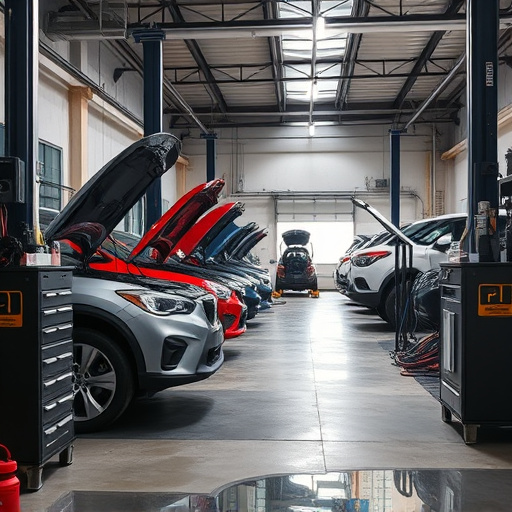
Passenger van body repair involves a meticulous process of visual inspection, documentation, and fun…….
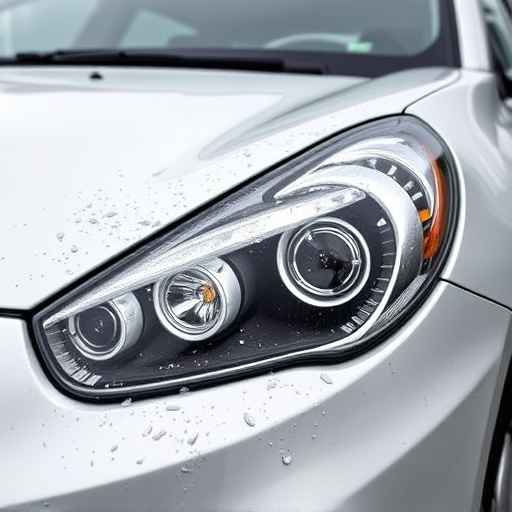
Meticulous passenger van body repair involves advanced tools to uncover hidden damage, ensuring stru…….
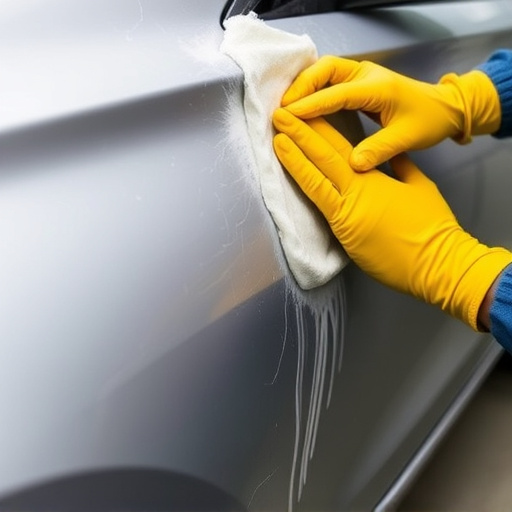
Meticulous assessment and professional repair methods are crucial for passenger van body repair. Thi…….

Passenger van body repair maintains its value in the digital age, ensuring safety and functionality…….
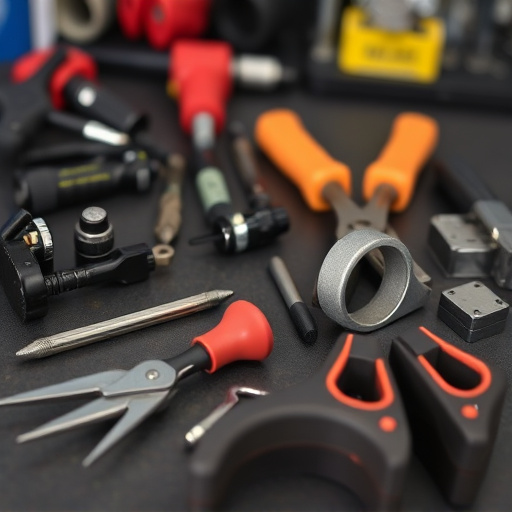
Common passenger van damage includes dents, scratches, and structural issues from accidents. Standar…….
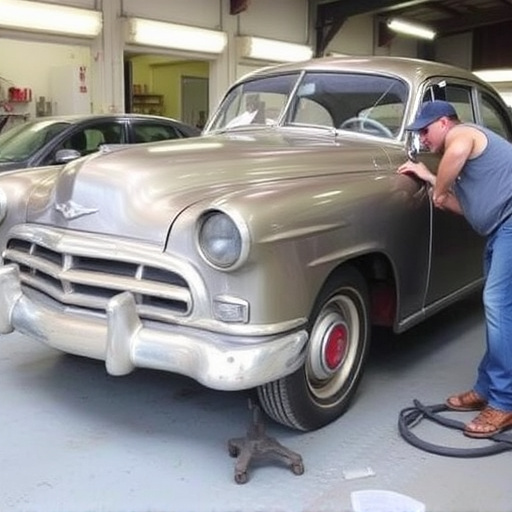
Common damage types in passenger vans, including cosmetic and structural issues, require specialized…….

Passenger van body repair is crucial for maintaining safety, reliability, and aesthetics of these ve…….
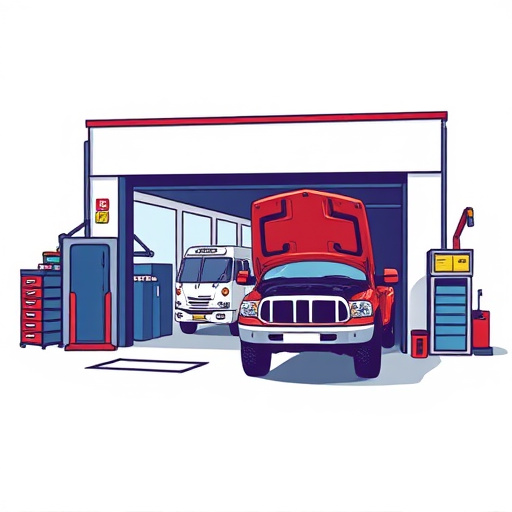
Passenger van body repair demands meticulous attention due to frequent use and exterior damage like…….
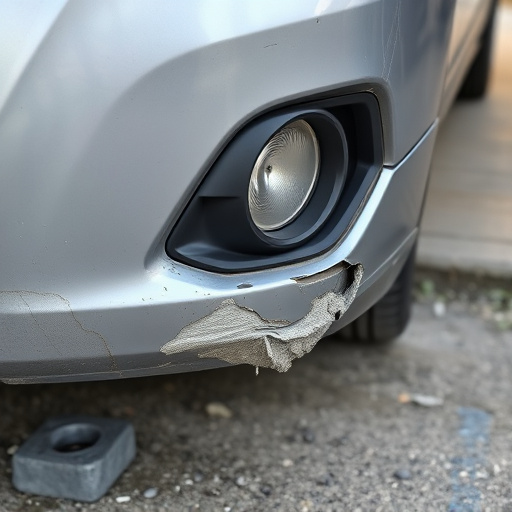
Common damage patterns in passenger vans, like dents and scratches, require specialized repair techn…….